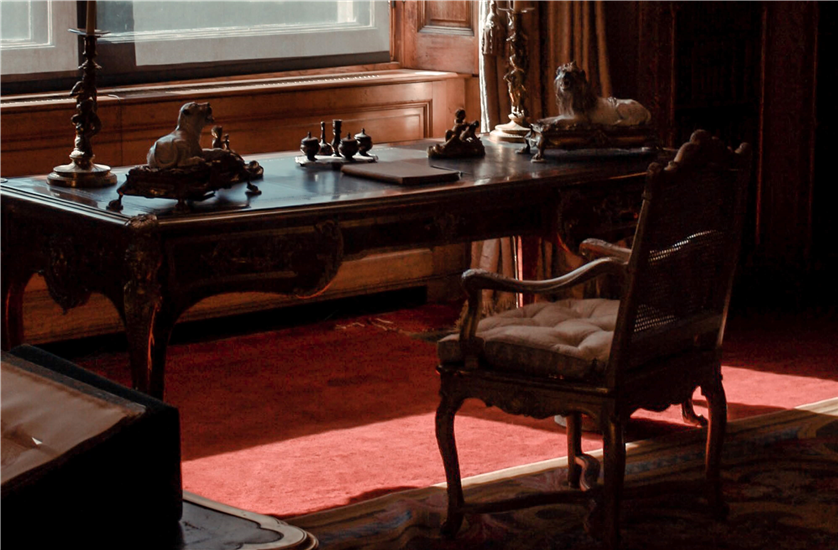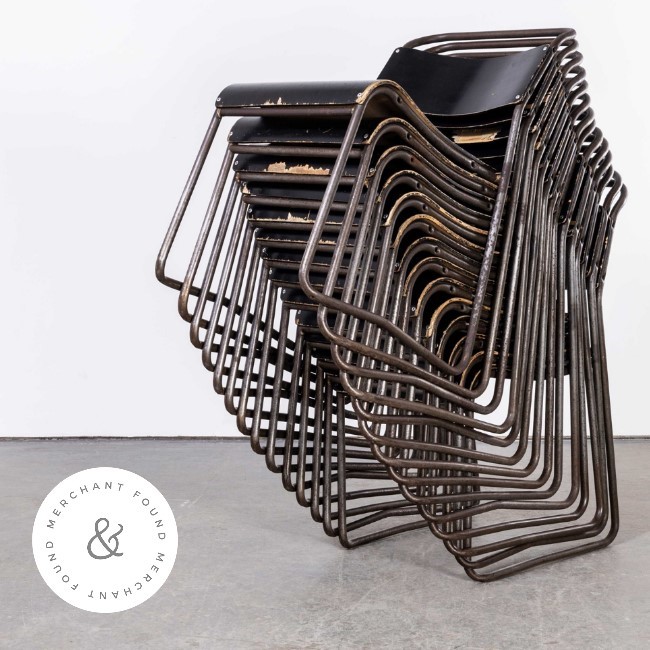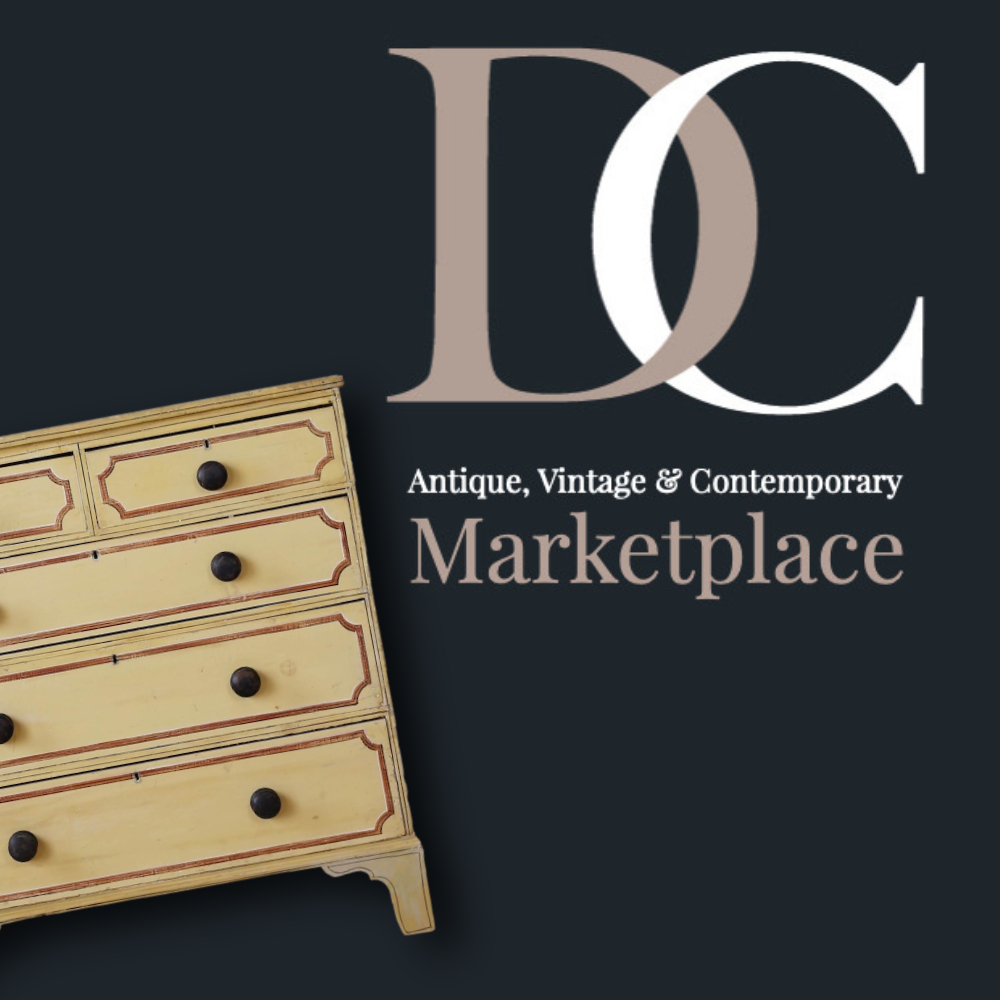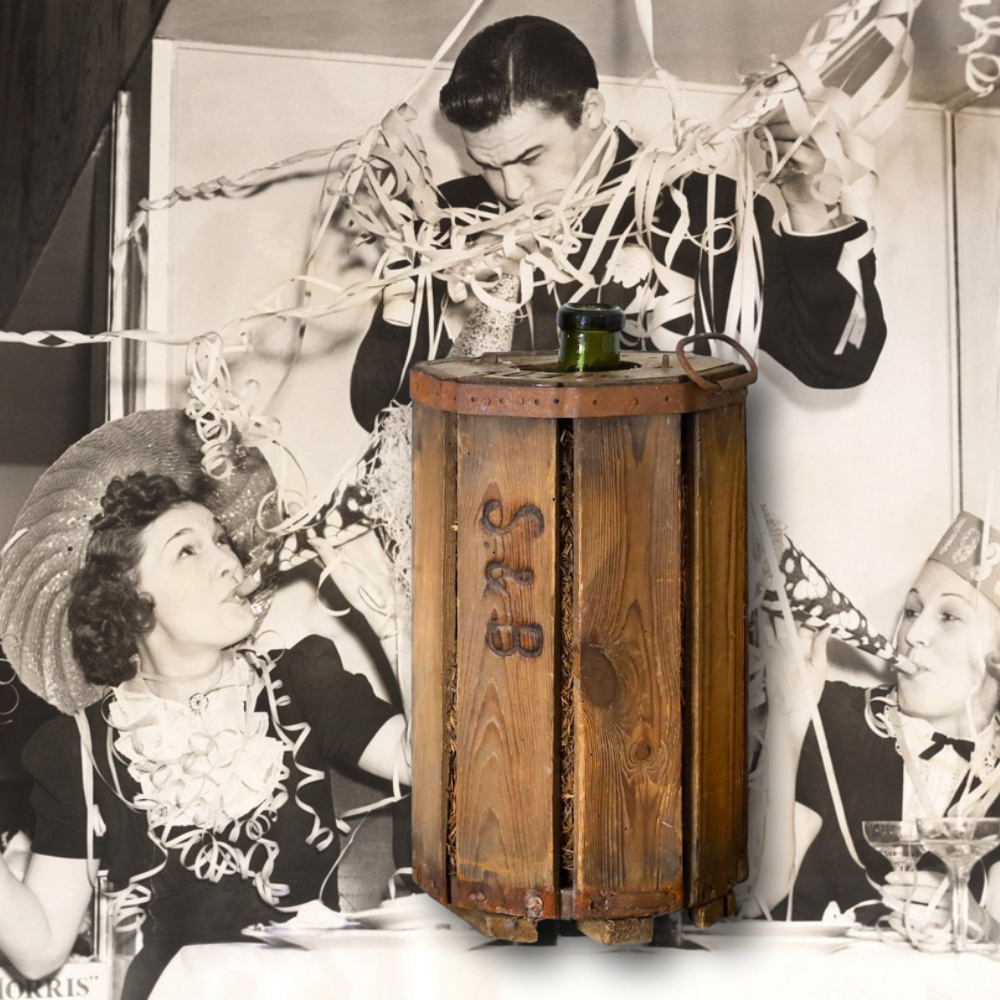
Edwardian antiques continue to be a popular choice due to the beautiful designs and craftsmanship showcased within this period. The popularity of this period means that many pieces have been preserved, however, it also means there are a lot of reproductions out there.
Knowing some of the key features and materials to look out for can help you better identify Edwardian antiques and ensure you’re taking the real thing home.
How is Edwardian Furniture Different From Victorian Furniture?
Edwardian furniture tends to be more free-spirited, rejecting the restraint of the previous Victorian period as a result of Edward VII’s love of fashion and the arts. Colours also changed as the style moved away from the darker shades of Victorian furniture toward lighter colours that created a less imposing look.
Whereas a lot of Victorian furniture was quite large, the fact that homes started to become smaller meant that Edwardian furniture did too. Pieces became more compact and ornate, with inlays, carved legs, brass mounts, and satinwood banding all becoming popular once again.
The furniture was also affected by the time, with electric lighting making some designs possible. Lamps with fabric or glass lampshades started to appear, adding a new element to interior design.
Although mahogany was still the ain wood being used in the manufacture of Edwardian furniture, the period mixed different styles in a way that hadn’t been seen before. It integrated elements from different historical periods and countries with new styles. While this created a unique style, it also means that it can often make it difficult to identify Edwardian furniture.
When Was the Edwardian Period in Furniture?
The Edwardian era only lasted for nine years between 1901 and 1910. However, furniture made in the 1980s is also classed as Edwardian furniture even though Queen Victoria was the reigning monarch during this decade.
Despite the fact that the period was short, it has had a large impact on furniture design.
What Colours Were Used in Edwardian Furniture?
Typically, Edwardian furniture has a lighter, less imposing aesthetic. While mahogany was still broadly used, the period also saw lighter materials like bamboo and wicker become popular.
Upholstery was also used less often throughout the period and when it was used, rather than rich and dark fabrics, light colours were more popular. William Morris and the Arts and Crafts movement also had a big impact on Edwardian furniture, as did Japanese art. This led to delicate florals becoming more common, along with other elements of nature, such as birds, feathers, and dragonflies.
However, not all colours were light as the period still saw dark green and blues being used across furniture. The difference is that they would team this furniture with lighter coloured walls in their home.
How Can You Tell if Furniture is Edwardian?
The mix of styles and inspirations can mean that it is difficult to highlight aspects that make Edwardian furniture clearly stand out. As with many different styles of antiques, the best option is to familiarise yourself with the marks of makers who were popular during this time period.
Maker’s marks tell you a lot about a piece of furniture, including who made it and when it was made. These marks are often hidden on furniture so as not to affect its aesthetic, so it is worth checking underneath and on the back of pieces for them.
Whereas earlier periods are characterised by handcraftsmanship, the Edwardian era started to see the production of machine-assisted furniture become more common.
While many aspects of the furniture were still produced by hand, machines were used for ease and speed to make things like dovetail joints easier and more even. This means that earlier techniques were still used, but they have the telltale sign of neat machining rather than the uneven finish of handcrafting.
Is Edwardian Furniture a Good Investment?
Edwardian furniture continues to be popular today and good quality or unusual pieces are especially highly sought after. A good example of the period that has been kept in good repair is likely to be a great investment.
On top of this, Edwardian furniture is very attractive and can fit in modern homes well and often better than larger, darker and heavier Victorian pieces.
It is best to look for pieces that haven’t been altered - for example, painted - as this can reduce their value.






